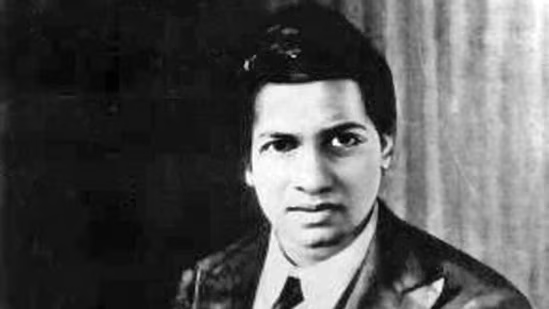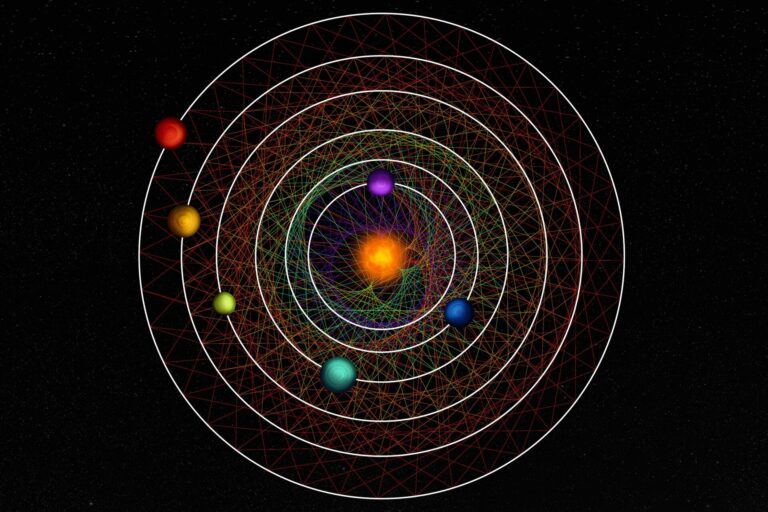National Mathematics Day: Honouring the Legacy of Srinivasa Ramanujan

On December 22, India pauses to honour not just a man but a phenomenon the mathematical genius Srinivasa Ramanujan. Born on this day in 1887, Ramanujan transformed the world of numbers with his incredible insights and unmatched intuition. On National Mathematics Day, we celebrate his legacy and the timeless beauty of mathematics that connects us all.
A Story of Sheer Brilliance
Imagine a young boy in a small town in Tamil Nadu, poring over a borrowed book of mathematics, scribbling endless equations in the margins. That boy grew up to become Srinivasa Ramanujan a man whose brilliance baffled and inspired mathematicians across the globe. With no formal training, he produced work so profound that even today, over a century later, his ideas are still unlocking the mysteries of the universe
His collaboration with British mathematician G.H. Hardy is the stuff of legend a story of two minds from opposite worlds united by their love of numbers. Ramanujan’s discoveries, like the elegant partitions of numbers and the enigmatic Ramanujan Prime, continue to shape modern fields like cryptography and quantum physics.
The Remarkable Tale of Ramanujan and the Number 1729
Srinivasa Ramanujan, the self-taught Indian mathematical prodigy, left an indelible mark on the world of mathematics with his intuitive grasp of numbers and their intricate properties. Among the many anecdotes that highlight his genius, the story of the number 1729 stands out as a testament to his profound insight.
The Encounter with 1729
In 1919, during Ramanujan’s time in England, he fell seriously ill and was hospitalized. His mentor and friend, the British mathematician G.H. Hardy, visited him in the hospital. Hardy, perhaps in an attempt to make conversation, remarked that he had arrived in a taxi numbered 1729, noting that it seemed to be an uninteresting number. He hoped it wasn’t a bad omen.
Ramanujan, ever the mathematical savant, immediately responded: “No, Hardy, it is a very interesting number. It is the smallest number expressible as the sum of two cubes in two different ways.”
Understanding the Mathematical Significance
Ramanujan’s observation can be broken down as follows:
- First Pair of Cubes: 1729 = 1³ + 12³
Calculation: 1³ = 1, 12³ = 1,728; thus, 1 + 1,728 = 1,729. - Second Pair of Cubes: 1729 = 9³ + 10³
Calculation: 9³ = 729, 10³ = 1,000; thus, 729 + 1,000 = 1,729.
This property makes 1729 the first nontrivial example of a “taxicab number,” specifically the smallest number that can be expressed as the sum of two positive cubes in two distinct ways.
Legacy of the Hardy-Ramanujan Number
The story of 1729 has since become legendary in mathematical circles, symbolizing Ramanujan’s extraordinary intuitive prowess. It underscores his deep connection with numbers and his ability to perceive relationships that eluded even seasoned mathematicians.
Today, 1729 is often referred to as the “Hardy-Ramanujan number,” serving as a reminder of the unique bond between the two mathematicians and their combined contributions to number theory.





